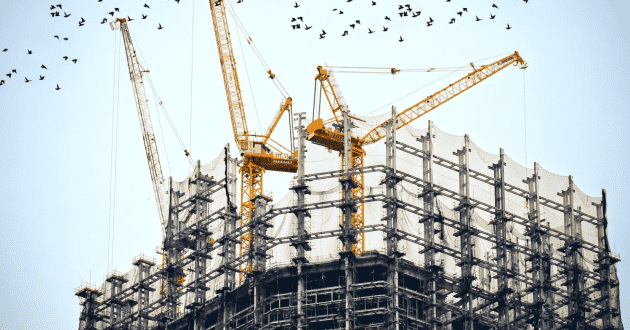Maintain Workplace Safety For Higher Productivity
Every workplace has the potential to be hazardous but some even more so. Certain industries like the construction sect
Every workplace has the potential to be hazardous but some even more so. Certain industries like the construction sector are deemed extremely dangerous because there are so many variables that can tip the safety balance.
Aside from the construction industry, postal, transport, storage and manufacturing also figure at the top. There's nothing to be done for it as the nature of the job necessitates the use of heavy machinery and environments far different than a typical office. The only safety net is to implement strict workplace safety rules in accordance with federal guidelines. The rules differ depending on industry so there's no central plan covering all sectors.
To drive the need for safety guidelines home, we're including a short list of statistics pertaining to workplace injury in several industries according to a report by Safe Work Australia.
• The year 2012 recorded a total of 223 worker deaths, down from 311 in 2007. This is a rate of 1.93 deaths per 100,000 workers. Out of this, 29 percent were workers with the transport, postal and warehousing industry. 24 percent were working with the agriculture, forestry and fishing industry while 13 percent were employed by the construction industry. Mining, electricity, gas, water and waste services are a few of the rest.
• Taking the different industries into account (several not mentioned here), vehicle incidents (workplace vehicles like forklifts) accounted for a majority of deaths in the transport, postal and warehousing sector and the agriculture, forestry and fishing industry. The construction sector saw most fatalities blamed on falling from a height. Contact with electricity was another.
A large percentage of workers in such industries are employed by companies but a significant portion is self-employed. For example, the period between 2005 and 2006 saw 30 percent of workers in the construction sector self-employed. This means that regardless of whether workers are employed by a company or not, safety remains a top priority.
Changing workplace trends and the use of more sophisticated machines will see safety guidelines revised with the times. The only way to know what the current standards are is to check with the federal regulatory body for updates and changes.
Maintenance of a detailed record of operations can help figure out whether changes can and need to be made and if guidelines are being properly followed. This will also include vehicle safety and maintenance and machine safety and maintenance. Once problem areas are identified and rectified, solutions can be found to better workplace safety.
Common rules apply to the industries mentioned above along with specific guidelines relating to the industry. Keeping the workplace clean with everything – even something as small as a toolbox out of place – put back in its designated spot can minimize unnecessary accidents. Manual handling – lifting heavy weights according to safe lifting guidelines – also applies to these industries as does managing traffic in the form of forklifts and other warehouse vehicles.
Safety is the prerogative of all employees right from lower management to executives. If each member of the staff is made to understand its importance and adhere to the rules, accidents in the workplace can be lessened even further. Stringent checks on whether adherence to guidelines is being maintained should also be made a priority.
Falls Prevention safety equipment must be installed at workplaces which pose the risk to the employees like the construction industry. Click here to install safety harness.


